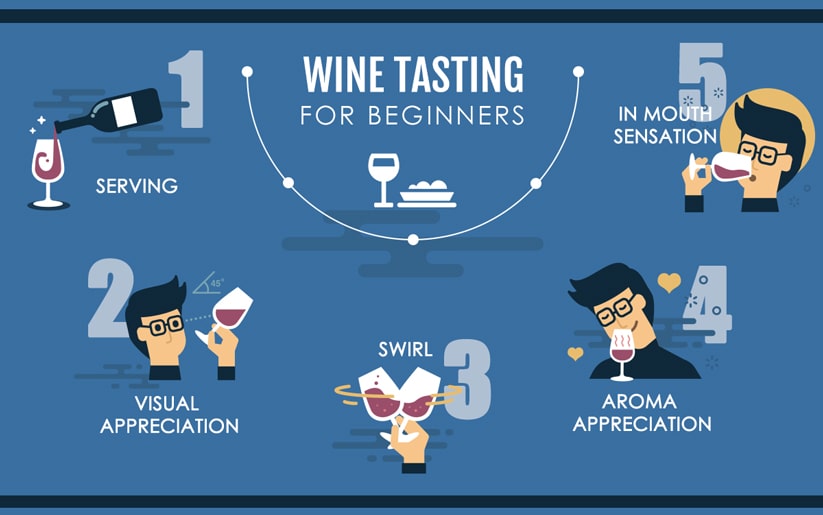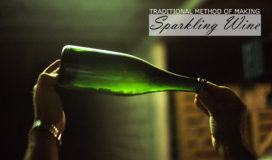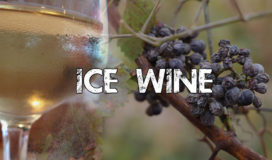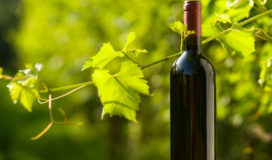Going for your first wine tasting experience? It can go very well if you are familiar with some terms and techniques. You must have heard from your friends or stumbled upon it on online how it looks, smells and tastes. Today, we are going to walk you through these steps and make it easy for you.
The wine tasting involves three steps:
Look
Hold the glass carefully in your hand and closely look for colour, opacity and viscosity (wine legs). The colour depends on the type of wine you are drinking. If it’s a red wine, you can expect dark colours. That means it is young. White wines become more yellow and brown with age. Try to see against a white background so that you can vividly see the hues.
Opacity stands for the intensity of the colour. A wine of dense colour would be an opaque wine. With low colour intensity, it would be transparent. Wine legs mean the droplets of wine that are formed inside the glass when you twirl the glass slowly. You can see them on the rim.
Smell
A swirl of the glass will reveal aromas which can be divided as primary, secondary and tertiary. Primary aromas show fruits, floral and herbs notes. Secondary aromas come from the fermentation process. Aromas of cheese rind or like an old beer can be found. You can also find sour cream and yoghurt fragrances that would come from malolactic fermentation. Lastly, tertiary aromas consist of vanilla, cedar, roasted nuts and old tobacco hints. These come when a wine is aged in oak barrels or in a bottle.
Taste
Take a sip of the wine and do not swallow it immediately, roll over the wine in your mouth. Try to exhale as you swallow the wine. It will make your taste buds and sense of smell act together. You will come across various flavours – sweet, sour or bitter. The burning sensation you feel at the back of the throat. That’s alcohol. More heat means more alcohol level. Acidity is another significant factor in wine tasting, it refers to fresh, crisp and tart elements of wine. Lastly, the drying sensation you get is from tannins. They are found in the skins and seeds of the grapes. They can also be derived from oak aging.
That was all about the wine tasting steps. We hope you will have an amazing first wine tasting experience.
















Pingback: Learn the Basics of Wine Tasting | All About Australian Wines & Wineries - Daily Wine Feed
Pingback: Australia’s Food and Wine Events | Just Wines Blog